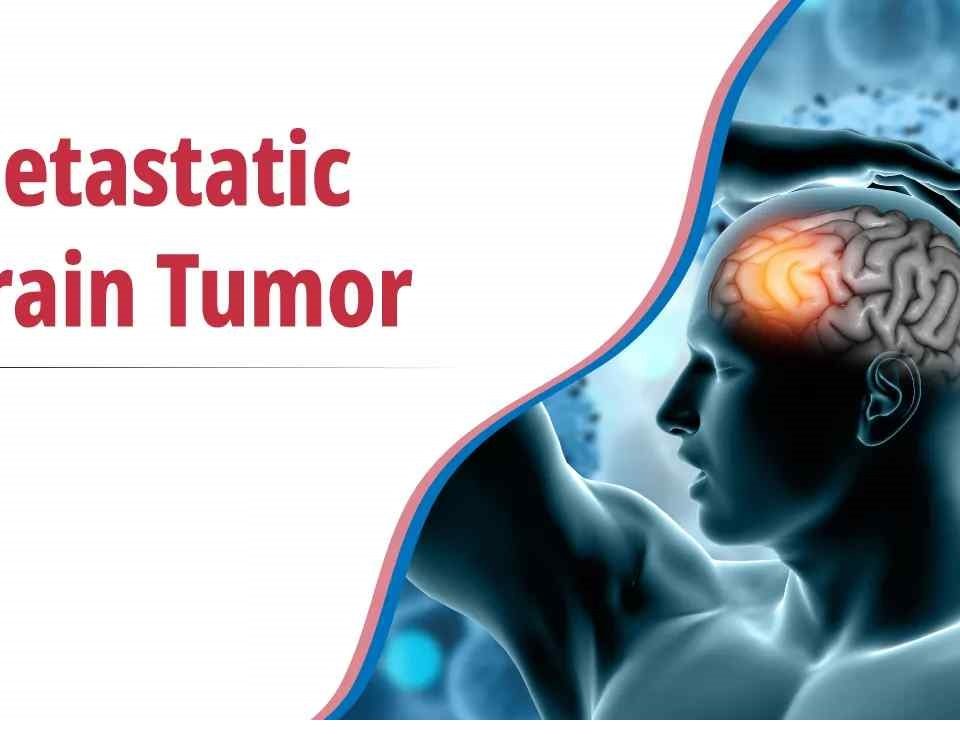What is medulloblastoma?
Medulloblastoma is a malignant (cancerous) brain tumor that arises from the cerebellum, the part of the brain that controls balance, coordination and other complex functions. Most patients have symptoms of headache and vomiting, and can also have problems with balance and vision when they are diagnosed. About 15 to 20% of all childhood brain tumors are medulloblastoma, and it is diagnosed most commonly in children and adolescents. While for most patients, the cause of medulloblastoma is unknown, there are a few rare, genetic syndomes that may increase a person’s chance of developing medulloblastoma.
What is a primitive neuroectodermal tumor (PNET)?
Medulloblastoma is a member of a larger group of tumors called PNETs. PNETs typically have similarities when observed under a microscope, but additional microscopic, biologic and clinical features help physicians distinguish the different types of PNET. Other PNETs that can occur in the brain include atypical teratoid/rhabdoid tumor (ATRT), pineoblastoma, and supratentorial PNET. All PNETs, including medulloblastoma, have the ability to spread, or disseminate, throughout the entire central nervous system.
What is the outcome?
With aggressive treatment, many patients with medulloblastoma can be cured of the cancer. For patients 3 years old or greater, with “average risk” disease (defined as compete removal of the tumor and no signs of tumor spread to other parts of the central nervous system and body), who are treated with a combination of complete surgical removal of the tumor, radiation and chemotherapy, over 80% of patients can be cured. Patients with “high risk disease (i.e., the tumor has disseminated or cannot be completely removed with surgery), can still be cured, but the cure rates are lower. Treatment for younger patients, who are more prone to complications from extensive radiation treatment, is evolving to identify effective strategies that will hopefully spare the patient of the long-term complications of extensive radiation to the brain.
What is the outcome for a child with a medulloblastoma?
The outcome for a child with a medulloblastoma depends on many factors. These factors include the child’s age, the location of the tumour, how much or whether it has spread, and the type of treatment. For medulloblastomas, the outcome is better if the child is in the “average risk“ category. In general, the tumour is more likely to come back if the child is in the “high risk“ category. The risk of recurrence is higher during the first two years after diagnosis. However, recurrences can happen further down the road. Five years after treatment, 60% to 80% of children with medulloblastoma will survive. For children under the age of three, 20% to 50% will survive after five years. There is increasing evidence to show that the biology of the tumour is essential to outcome. For example, desmoplastic medulloblastomas in infants have a better outcome while anaplastic medulloblastomas have a poorer outcome.
How serious is it?
Medulloblastoma is a primary cancer of the brain. While many patients can be cured; there are some forms of the disease that are resistant to all treatments, at which point the disease becomes life-threatening. In addition, while conventional treatments can be effective for many patients, survivors are at risk for developing long-term side effects. These include the possibility of learning problems, hearing problems, hormone and growth problems, fertility problems, and secondary cancers that can develop later in life.
What are the treatment options?
Medulloblastoma is most effectively treated with a combination of therapies that include surgery, radiation treatment, and chemotherapy. Complete surgical removal of the tumor is important and is usually the first step in treatment. This is usually followed by radiation treatment to the entire brain and spine in olderpatients, followed by several months of chemotherapy. Standard treatment for very young children (often defined as children less than 3 years old) includes surgical removal and chemotherapy. The use of radiation in this young age group is controversial, but some clinicians are increasingly using radiation restricted to the area of the tumor for these young patients. Because these young patients cannot tolerate whole brain and spine radiation, increasingly intensive doses of chemotherapy are being tested, including the use of high dose chemotherapy with autologous stem cell rescue (a form of bone marrow transplant).


